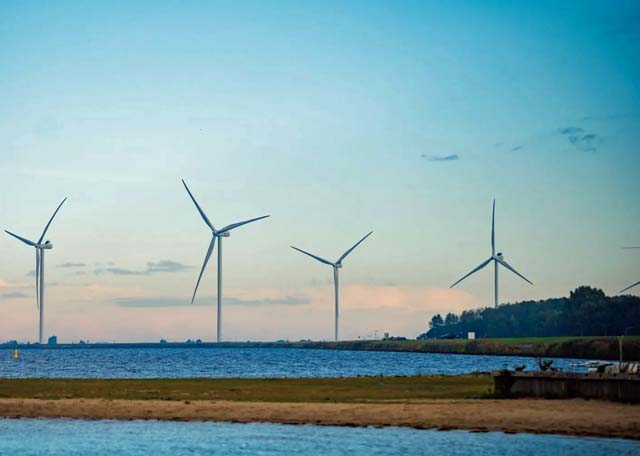According to Netherlands-based design and engineering company C-Job, the rapid expansion of the offshore wind sector is quickly resulting in a shortage of certain vessel types that are vital for the installation and maintenance of the wind turbines.
Because of this shortage, the expansion of adding wind energy capacity is slower than it otherwise might be. Working with its partners in the sector, C-Job Naval Architects has been developing solutions that, while unable to make these issues disappear, can help vessel owners, operators, and developers respond more quickly to opportunities.
One of the major issues in the industry is a lack of next-generation heavy lift vessels. With any one of the big three markets (Northwest Europe, the USA, and Asia) capable of absorbing all the installation capacity currently available, this presents a real problem. A shortage of installation vessels by 2025 may result in governments not being able to meet their targets under the Paris Agreement in time, even if fully committed to do so.
The marketplace for heavy lift vessels has faced some major challenges which are currently limiting supply. While the contractors who own and operate these vessels are keen to invest in new and clean assets, the majority of clients still opt for the cheapest bid, with no penalties for using fossil fuels. To change that, the end clients need to be willing to pay for cleaner vessels, meaning that some form of early commitment is required to set a decent framework for the future of the vessel.
With wind turbine technology evolving fast, vessels risk becoming obsolete faster than ever, leaving very little leeway for periods where vessels may be inactive. This discourages lenders from investing in such projects. With vessels like these typically taking four years to build, while contracts are awarded around two years prior to work beginning, finance on good terms can be hard to get.
Of all the maritime sectors, the moral imperative to switch to clean energy is nowhere more apparent and logical than in the build and maintenance of offshore wind farms. As a clean source of energy it is greatly in demand with both governments and consumers looking to reduce dependency on fossil fuels. The resulting boom in the global offshore renewables industry is good news for both the environment and the shipbuilding sector, but the rush to provide more installation capacity is a challenge.
C-Job says it can help:
- By helping operators to plan ahead lead-times can be reduced once decisions are made.
- By preparing design packages early on across a range of vessel types, we can ensure that operators are ready for both new builds and refits when the time is right. This also allows them to test the market in advance and fine-tune while there is still time, and quickly proceed once investment decisions are taken.
- By performing feasibility studies on potential conversions of existing vessels to offshore wind support functions including heavy lifting, again reducing lead times.
The firm provides consultancy on the development of alternative fuels and their implications for conversions and new builds, and can advise on how existing vessels can improve their sustainability across all systems, and thus extend their commercial lifetimes.
Offshore wind is a fast moving market where a lot is at stake.



